What Does Ethanol Mean To Your Shop?
Although ethanol alcohol is mostly made from corn, it seems to be a real hot potato! Almost all pump gasoline today contains 10 percent ethanol (E10) because the Renewable Fuels Standard Act requires it. The reasons why are partially practical, partially political and partially economic.
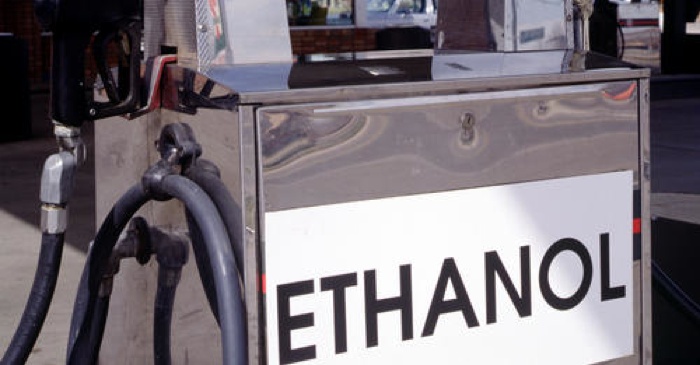
Forced Induction Facts
Many articles outline the guidelines and basic knowledge to follow when installing some form of a forced induction system. Sometimes you’ll see the “quick and easy way” to upgrade an existing forced induction system, like a turbo, supercharger and/or nitrous oxide system. What if your customer wanted a bigger turbo for a diesel engine or decided to change the pulley size of the supercharger, or maybe use a bigger shot of nitrous on a street car?
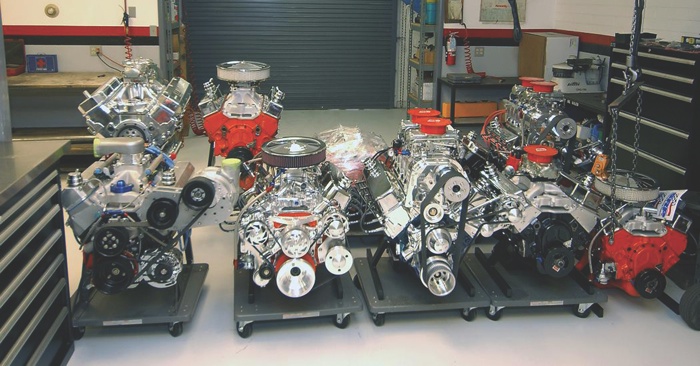
More Power Inside – Muscle Cars
There are many aspects of the famous and desired muscle car engines of the 1960s and ‘70s. They have become the holy grail of factory performance engines, but they are getting more and more scarce as the years go by. For car owners, the engines have evolved in recent years into three different configurations. Read on to learn more.
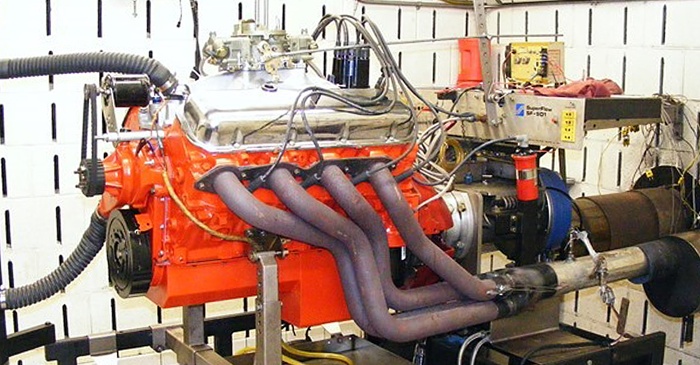
Winning With Your Own Engines
As a tech official at RT 66 Drag Strip in Joliet, Ill., since 2004, I have had the opportunity to see hundreds of bracket racing engine combinations. As a bracket racer myself early in my drag racing career I’ve been able to build my own. I’ve had unique opportunities to learn how to build winners that can translate into dollars off the track as well.
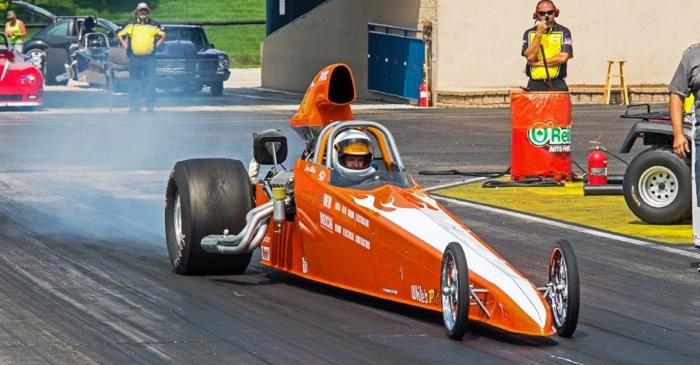
Timing Components
For metal parts to rotate, move, lift, bend, sway and – hopefully – not touch multiple times per second, every minute of every hour the engine is running takes more than just good enough – it takes precision that Swiss railroad conductors would envy. While everything in the engine has to precisely fit and accuracy is key, nowhere is precision more critical than in the timing.
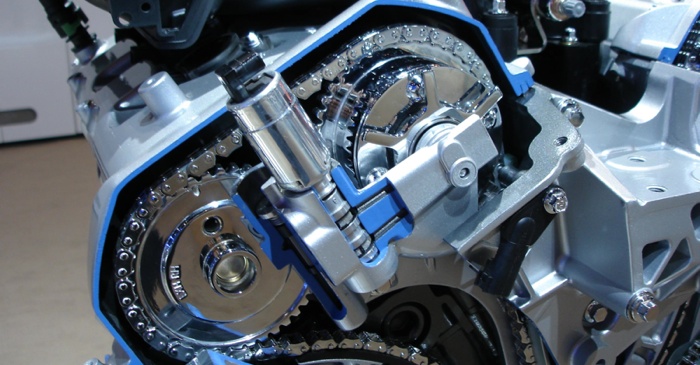
Engine Block and Head Repair
A cracked cylinder head or engine block may or may not be bad news depending on the size and location of the crack(s), the value of the casting and what it will take to fix the crack(s) versus what it would cost you to replace the casting. Read what your options are in this Larry Carley feature.
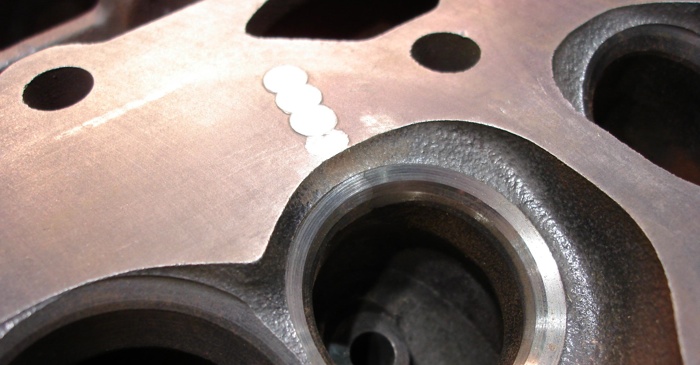
Wisconsin Winners
NVR is a race-oriented engine shop that builds mostly circle track and drag vehicle engines. With more than 40 years in the industry, Tom Nickerson works with his wife Cindy handling mostly Chevrolet builds, as well as other nameplate engines. NVR was named the 2014 Performance Engine Builder of the Year and we took a look at its operation.
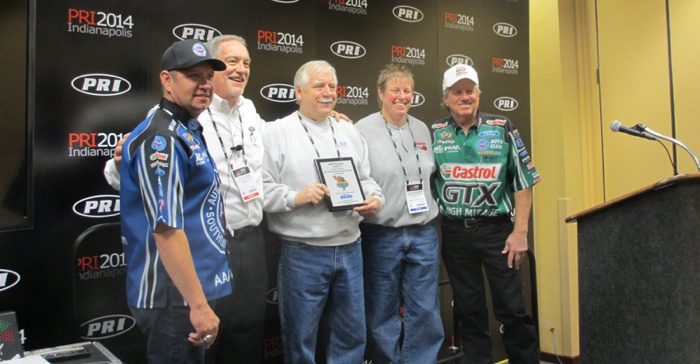
Turning Over Industrial Engine Business
Engine builders today are diversifying their businesses in order to maintain a healthy, steady stream of business and cash flow. One such area of opportunity lies within the industrial engine market. Industrial engines are a broad category that essentially covers any off road engine. Read how your shop can get in on the action.

Who Do You Want To Work For?
Most of us that are shop owners get up, go to work, deal with customers and employees, answer the telephone, schedule jobs, order parts, and by the time we get that done in a day, it is past time to go home. But have you ever stopped to consider how a customer sees your shop? Why did he choose your shop over the one down the street?

Piston and Sleeve Finishing and Break-In Tips
When finishing diesel cylinder bores or sleeves, a two or three step process that results in a plateau finish is usually best to reduce ring break-in and seating time. The type of honing stones, feed and pressure used to finish the cylinders will vary depending on what kind of finish you want to achieve.
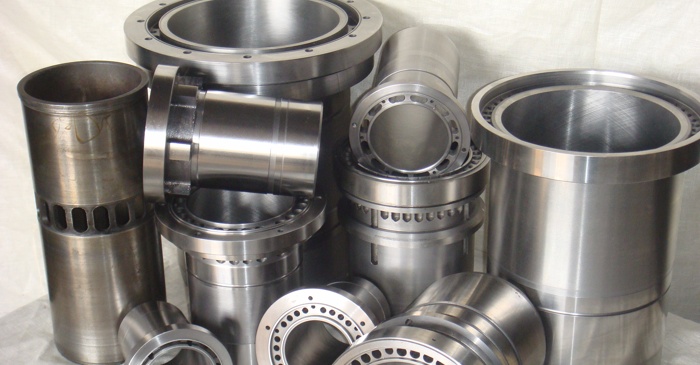
Shop Solutions March 2015
Here’s a simple time saver for assembling high performance V8/V6 engines. When intake gasket port alignment is critical, use masking tape to hold the gasket in place on the head. You can then flip the gasket up to apply your sealer.
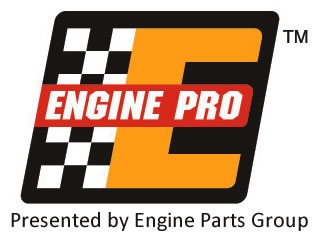
Cavitation Erosion in Diesel Cylinders
Cavitation erosion is often found in diesel engines on the exterior walls of wet cylinder liners. The amount of erosion and decay will vary from engine to engine and may also vary from cylinder to cylinder.

